On February 26th, it was an extraordinary day for many friends in Beijing, as the Beijing Municipal Traffic Management Bureau will issue 54,000 personal new energy vehicle quotas. For these 54,000 people, the day of owning a car is coming soon.
Therefore, recently, our interest groups of multiple brands have been particularly active among friends in Beijing. To this end, we have specially established the “42HOW-Beijing New Energy Vehicle Purchase Group”. The main focus of everyone’s questions in the group is mainly on two areas, one is about license plate policies, and the other is about car selection.
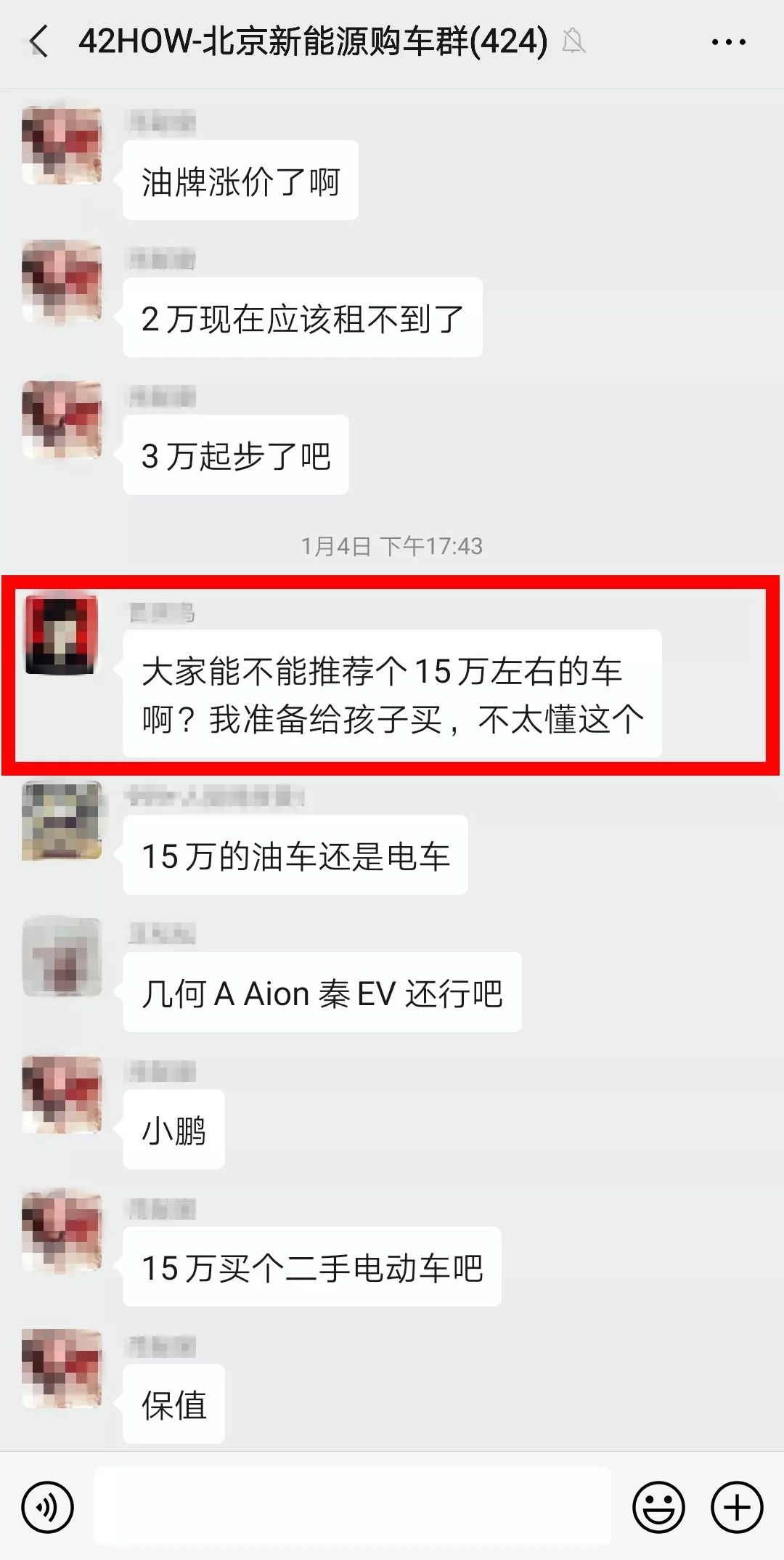
Today, we will address everyone’s questions from these two perspectives – license plates policies and car selection.
The car selection issues raised by everyone in our community mainly focus on two areas:
-
How to choose between NIO ES6 and Tesla Model 3?
-
What electric cars around 150,000 RMB are worth considering?
Since this area involves a wide range of models, it is impossible to introduce each car in detail. Here we will recommend several cars based on the needs of different users. Whether to choose these recommended cars or not, we suggest everyone to take a test drive first to make a decision.
Model 3 or ES6?
First of all, let’s talk about the most frequent question – how to choose between Model 3 and ES6?
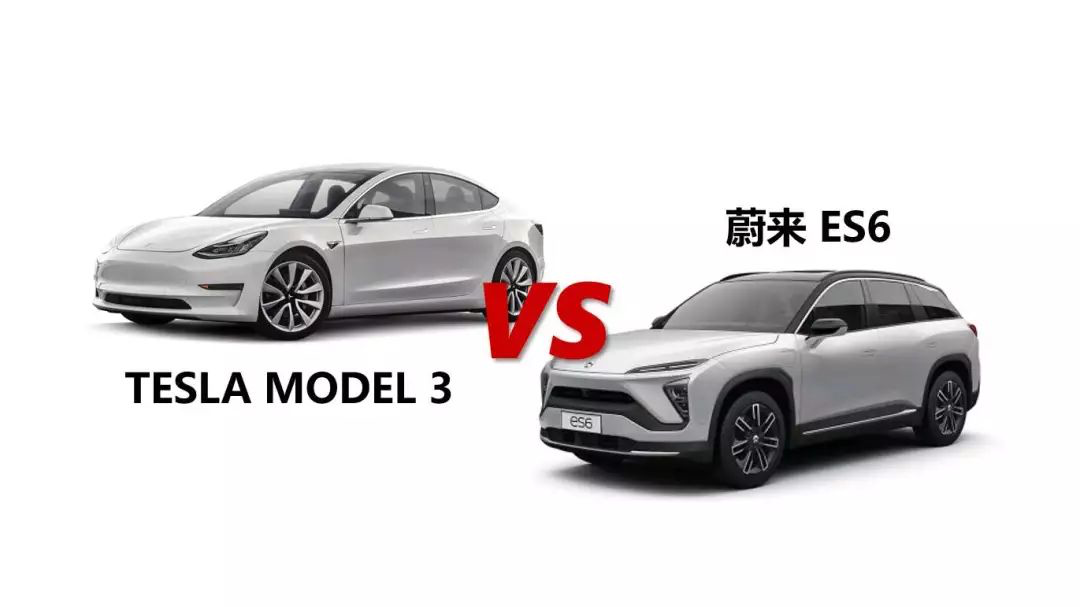
Although these two cars are not of the same level, they are the two most frequently considered new energy cars in the price range above 300,000 RMB.
Regarding the endurance, the entry-level version of both cars has a little difference in endurance, with a range of 445 km and 420 km respectively. However, I suggest that friends who choose to buy Model 3 should choose the long-endurance version if possible. For ES6, since it is possible to change to a larger battery through battery swapping in the future, there is room for optimization even if the endurance is not enough at present.
In addition to this difference, there are also many other differences between these two cars, and everyone can choose according to their own needs.
Model 3 has a significant advantage in Autopilot assisted driving, but has certain inferiority in space and workmanship.
ES6 is a relatively balanced player, with relatively prominent advantages in workmanship, interior atmosphere, and service.
In summary, if you primarily use the car alone in most situations, pay attention to driving experience and enjoy the geeky technology, Model 3 is recommended. If you need to consider family usage as well, and have certain demands for texture, you can consider NIO ES6.
Are there any cars worth considering around 150,000 RMB?The most talked-about models within this price range include the following: XPeng G3, WM EX5, Geely Geometry A, GAC AionS, BYD Qin Pro EV, Buick Weilan, and Chevrolet Changchun.
These models can be divided into three categories: emerging auto startups, domestic brands, and joint ventures.
The advantages of the emerging auto startups lie in their relatively high level of intelligence. Within our community, XPeng G3 owner Zhang Zetao believes that he chose XPeng G3 because of its advanced driving assistance system.
He has driven his XPeng G3 for more than 10,000 kilometers since he purchased it in September, and even drove it from Beijing to Changsha during the holidays, which validated the G3’s cruising range of about 300 km on the highway in cold temperatures with warm air conditioning enabled.
Overall, he is quite satisfied with his XPeng G3, although there were some minor issues with the vehicle which he could accept, as he had certain expectations before buying an emerging auto startup.
Among the domestic brands, we have tested Geely Geometry A and GAC AionS, both of which left a good impression on us. Geometry A has a more technological feel, while AionS has a more luxurious feel. Geometry A has better handling, while AionS has a more comfortable suspension calibration.In terms of range, we have tested both models. The Geely Geometry A has a more realistic range, while the GAC New Energy Aion S is a bit exaggerated, especially on highways. For specifics, please refer to the results of our 42Test on the Geely Geometry A and Aion S.
We also conducted an interview with a GAC New Energy Aion S owner named Zhang. When asked about his driving experience, he replied, “The range is exaggerated, and the infotainment system is not user-friendly.” I thought he was very dissatisfied with the Aion S, but Zhang. later said, “I’m not very dissatisfied. If given the chance, I would still choose this car, as I am satisfied with the spacious interior, comfortable seats, appearance and interior design.“
Zhang. has access to free charging stations at his company and commutes less than 20 km each way, so range is not a big issue for him. Although he has a gasoline car at home, he always chooses to drive the electric car when the battery is not empty. He also successfully recommended a XPeng G3 to his cousin. As for why he did not choose the XPeng G3 himself, it is because he has a child and needs more space.
As for the BYD Qin Pro EV, we have not tested it ourselves, so we interviewed Mr. Wang, a Qin Pro EV owner in Beijing who is a member of our 42HOW community. He chose the BYD Qin Pro EV mainly because he values BYD’s in-house technology for batteries, electric motors, and power electronics, and also because its battery capacity is larger than that of the Aion S and Geely Geometry A in the same class.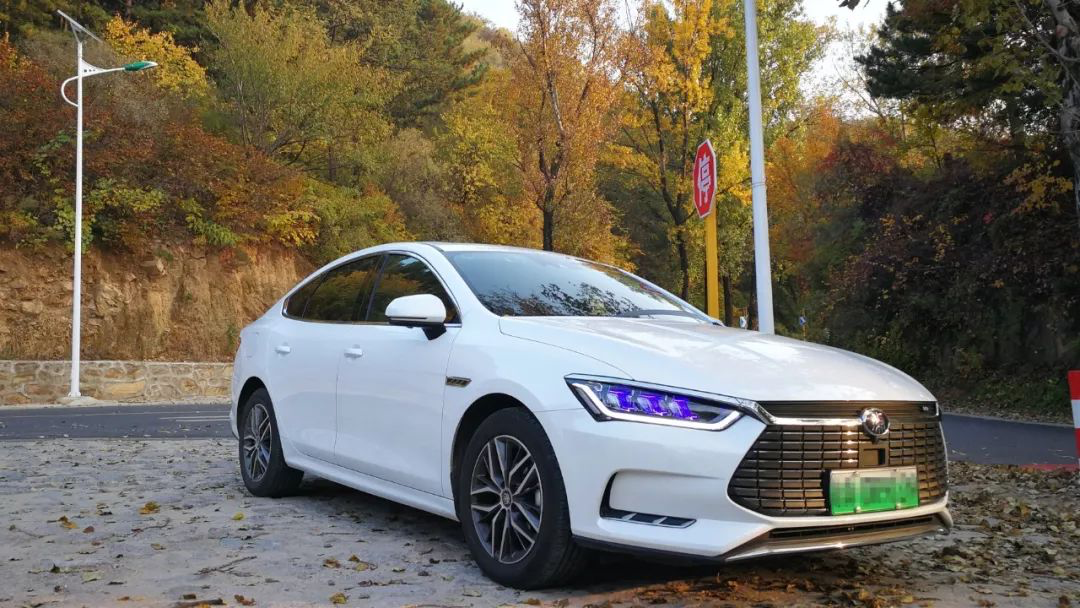
From delivery in May to now, it has already covered nearly 13,000 km. Overall, I am quite satisfied, especially with the chassis and appearance, and it also drives much better than my previous Cruze. The only not-so-satisfactory aspect is the NVH of the entire car; there is noticeable tire noise after the speed exceeds 80. As for the range level, he also gave everyone a reference.
- It is easy to reach NEDC range (520 km) without air conditioning in spring and autumn;
- The range with cool air in summer is about 480 km;
- The discount in range in winter is about 60% to 70%, around 350 km.
Generally speaking, the above three domestic brands are still a reliable choice, and everyone can choose the suitable one according to their needs for range, space, and driving experience.
Finally, let’s talk about pure electric vehicles from joint venture brands.
There are still many users in the community who do not trust the new forces of carmaking but also have concerns about domestic brands, so the only choice is the models from joint venture brands.
As for the joint venture brands, the ones currently worth recommending are Buick Velite 6 and Chevrolet Menlo, which have different styles of exterior and interior, and everyone can choose according to their preferences.
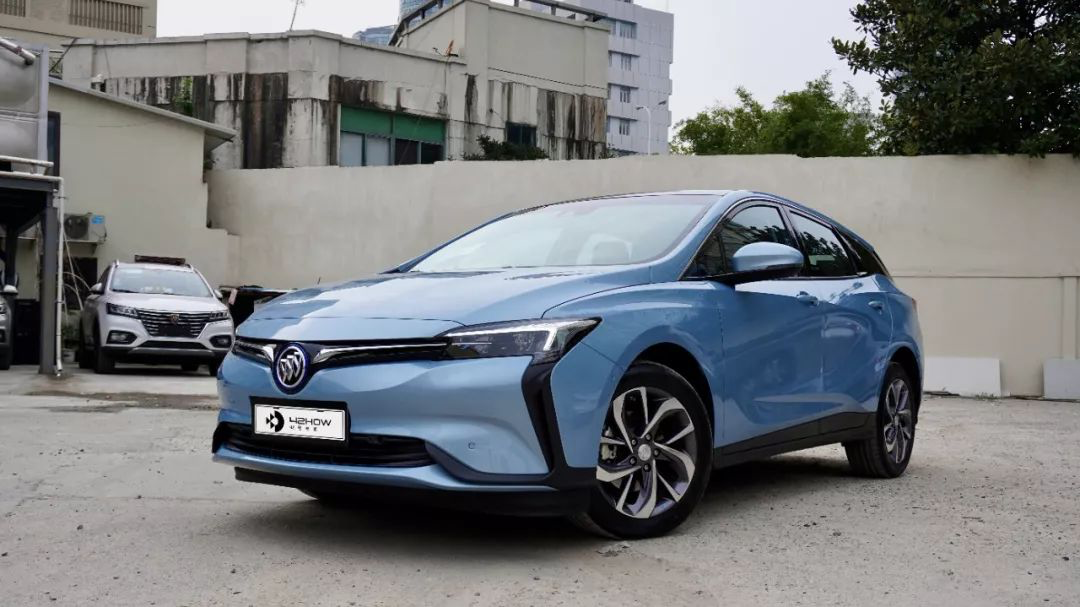

Because these two vehicles are from General Motors, the parameters and configurations are also very similar. Although the price of the Menlo has not been announced yet, judging from the pricing strategy of Chevrolet and Buick, the Menlo will definitely be cheaper than the Velite 6, so if you care more about cost-effectiveness, I recommend you wait for the Menlo. Moreover, according to our understanding, there will be certain discounts for booking the Menlo in Beijing before the Lantern Festival.Regarding the range, although the NEDC range of 410 km does not match the 500+ km of other models in the same category, based on our actual test performance of Weilan, the range is very solid and can basically meet the daily needs of commuting within cities and between cities.
-
Regarding brand, joint venture brands>domestic brands>new forces in the automotive industry;
-
Regarding intelligence, joint venture brands\
-
Regarding driving comfort, joint venture brands>domestic brands>new forces in the automotive industry.
Finally, a summary suggestion for everyone: those who are willing to try new things can consider the new forces in the automotive industry, those who hope to buy a more reliable and cost-effective car can consider these three pure electric vehicles from domestic brands. If you still have concerns about the above two categories and require a vehicle that is easy to use, then you can consider the models from joint venture brands. Of course, the only unchanging advice is to buy the version with the longest range that you can afford.
Regarding Beijing’s new energy license plate policy
- How to check when your quota will be assigned?
Visit the Beijing Municipal Small Vehicle Lottery Management System (https://www.bjhjyd.gov.cn/);

Copy your own application code, and then click on “New Energy Audit Passed Code”;
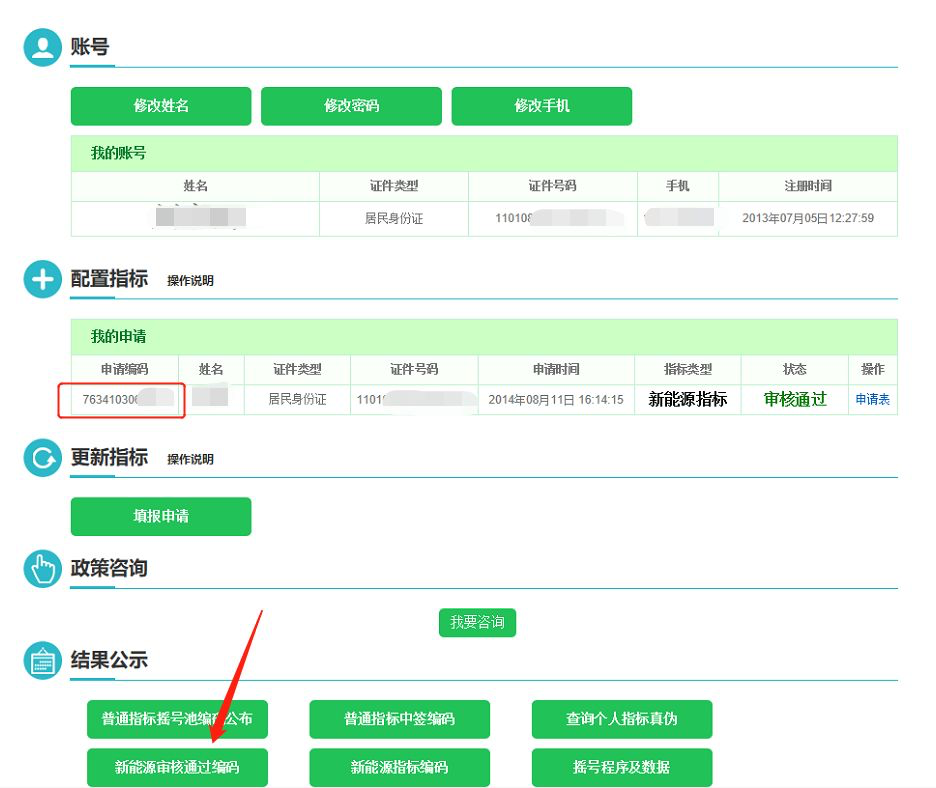
Enter the previously copied application code and the verification code, and your code number will be displayed.

At present, the quota for personal new energy small vehicle license plates in Beijing is 54,000 per year, and it is issued once a year on February 26th. Divide your current number by 54,000, round down to get the year that you will obtain the license plate, and then add 2020. Here are two examples:If the friend with the number 244XX as shown in the figure, 244XX/54000=0.45, rounding down to 0, it means he can obtain the quota on February 26 of this year.
If the current quota rank is 200000, 20000/54000=3.70, rounding down to 3, 2020+3=2023, which means the quota can be obtained on February 26, 2023.
- Can the quota be extended?
The theoretical validity period of the quota is only one year and cannot be extended. However, in practice, it can be extended for up to two years through scalpers at a cost of approximately 2,000 yuan. If you are interested in the detailed process, feel free to join the discussion group (the entrance to the group is at the end of the article).
- Can plug-in hybrid vehicles be purchased with new energy quotas?
Unfortunately, they cannot. Currently, only pure electric vehicle models can be purchased with the new energy quota in Beijing. Thus, hybrid models like X1, 5 series, and Li ONE require a fuel vehicle quota.
- Can a fuel vehicle quota be used to buy a pure electric vehicle and then be exchanged back for a fuel vehicle?
Yes, it is possible. Those who want to exchange it back for a fuel vehicle only need to handle the change procedures at the Shibalidian Traffic Management Bureau.
- About renting a quota
First of all, policy-wise, quota renting or sales are prohibited. Therefore, I do not recommend that you rent quotas here. Moreover, there are risks involved.
However, for many families in need, renting a quota is often the only option. If you have to rent, it is recommended that you first consult relatives, friends, or acquaintances. The prices are relatively negotiable, and the risks are relatively low.
Currently, the new energy quota market price is about 7,000 yuan/year, and the fuel vehicle quota is about 18,000-20,000 yuan/year. If the rental period is long (≥3 years), there will generally be some discounts, which is for your reference.
I believe that many friends may find it difficult to find friends with ample quotas, so the only way is to turn to scalpers.
-
Go to second-hand car markets like Huaxiang or Yashi, and it’s easy to find relevant scalpers;
-
Search for “vehicle plates” on “a magical website called XX TONGCHENG” and make a telephone consultation.
Okay, let’s stop here for now regarding Beijing’s new energy license plate policy and related vehicle selection issues. If you have any questions about the license plate policy, vehicle selection, vehicle use, or other issues, please scan the QR code below to join the discussion group. The group has various electric vehicle owners, policy experts, and senior 42HOW editors to answer your questions in various aspects.
This article is a translation by ChatGPT of a Chinese report from 42HOW. If you have any questions about it, please email bd@42how.com.
